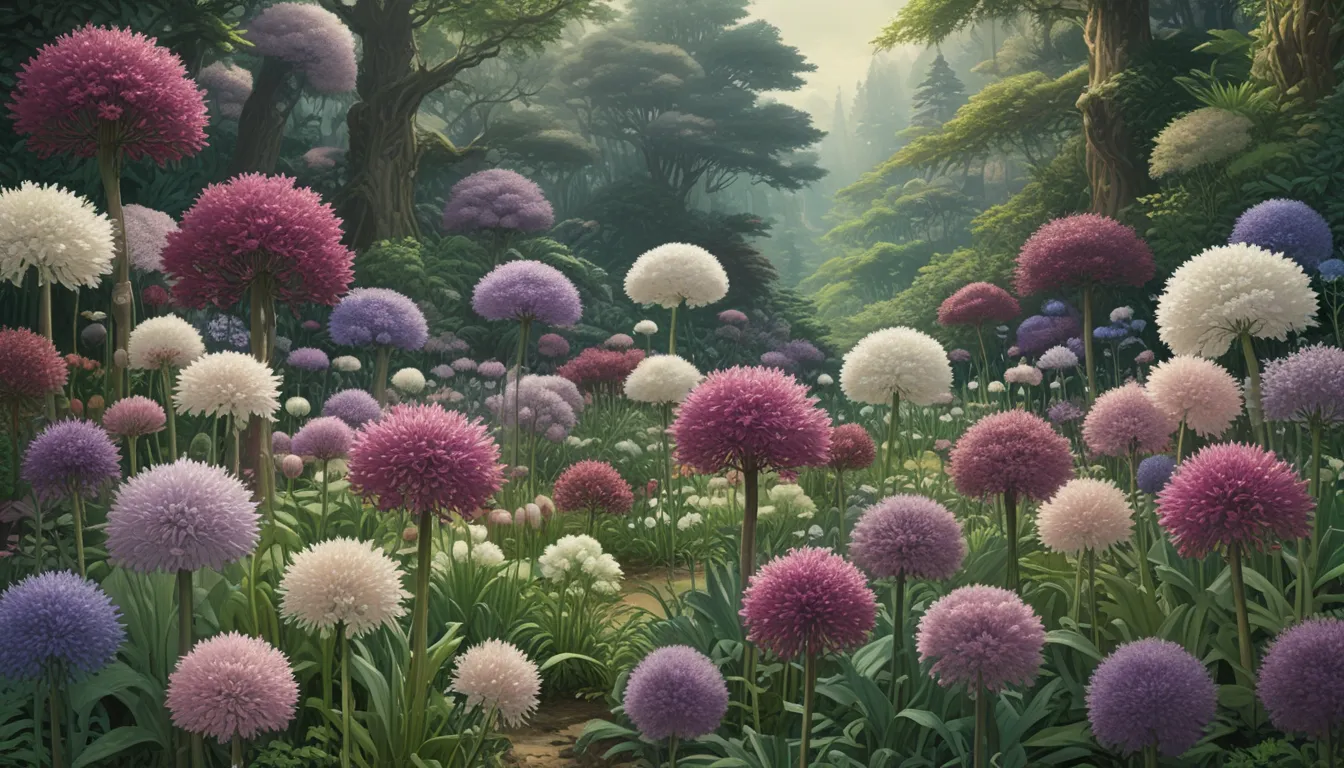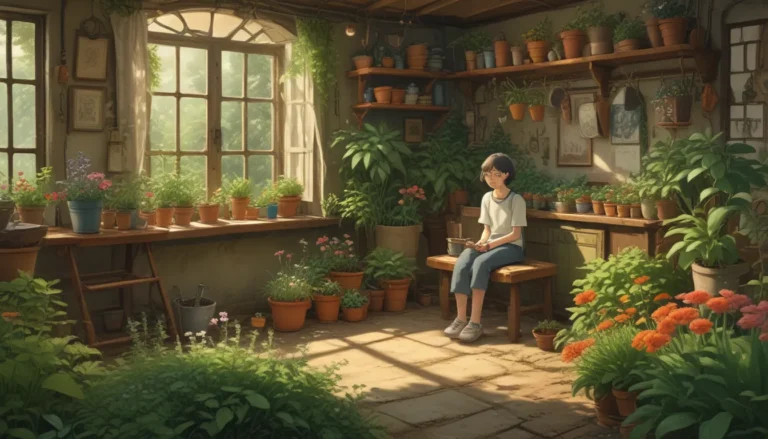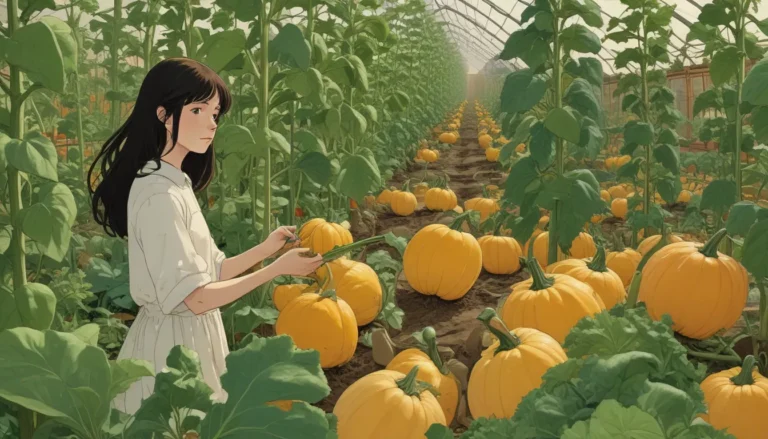A Comprehensive Guide to Growing and Caring for Ornamental Alliums

If you’re a plant lover, you probably appreciate the visual impact that comes with minimal effort in your garden. That’s where ornamental flowering alliums come in. These plants make a bold, architectural statement that is hassle-free and beloved by pollinators.
What are Ornamental Alliums?
Ornamental alliums belong to the Allium genus, part of the Amaryllidaceae family that includes garlic, leeks, and onions. With over 850 species available, these plants come in various shapes, sizes, and colors. Most ornamental alliums grow from bulbs, but some species, such as A. angulosum and A. ramosum, grow from rhizomes.
- A Glance at Some Popular Species:
- A. giganteum: Known as giant allium, it boasts four-foot-tall stalks with large purple blooms.
- A. cristophii: Commonly referred to as star of Persia, it features violet-purple flowers atop 12 to 18-inch stalks.
- A. hollandicum: This species, also known as Persian onion or Dutch garlic, offers purple blooms on 12-inch scapes.
- A. moly: With bright yellow flowers, it grows to about a foot tall and thrives in part shade.
- A. schubertii: Known for its unique rose-petalled flowers atop 18-inch stems.
Cultivation and History
Alliums are native to various regions, including Europe, North America, and parts of Africa and Asia. The cultivation of ornamental alliums gained popularity in the late 1800s, thanks to botanists introducing new species to botanical gardens in Europe and Russia.
Plant Propagation
You can propagate ornamental alliums from seeds, bulbs, or by division. When starting from seed, be patient as it may take a year or two for them to bloom. Make sure to provide well-draining soil and consider conducting a soil test for optimal growing conditions.
Planting:
- From Seeds: Sow the seeds liberally in the spring, water well, and thin out the plants based on spacing recommendations.
- By Division: Dig up the clump of dirt around each plant, separate the bulbs or rhizomes, and replant at the same depth.
Growing and Maintenance
Ornamental alliums prefer full sun or part shade, with well-draining soil that allows the top inch or two to dry out between waterings. Keep an eye out for pests like leafminers and onion thrips, and watch for diseases like downy mildew and white rot. Proper maintenance includes trimming back foliage and deadheading flowers to prevent reseeding.
Species and Cultivars to Select
– Popular varieties: Blue Onion, Drumstick, Globemaster, Moly, Mont Blanc, Pinball Wizard, Purple Sensation, Schubertii.
Best Uses
Ornamental alliums attract pollinators, deter garden critters, and are versatile in gardens and containers. They can be incorporated into cut flower arrangements, drying for decorations, or consumed as an edible addition to dishes.
Quick Reference Growing Guide
- Plant Type: Perennial flowering bulb/rhizome
- Bloom Time: Spring, summer, fall
- Height: 1-5 feet
- Spacing: 4-12 inches
- Water Needs: Low to moderate
- Exposure: Full sun, part shade
Conclusion
Ornamental alliums are an exceptional addition to any garden. They offer a low-maintenance yet visually stunning display with benefits for pollinators and minimal appeal to pests. Whether you’re a seasoned gardener or a novice, these plants are sure to make a big impression with minimal effort.
Share your experience with growing ornamental alliums in the comments below and let us know your favorite varieties! For more bulb-growing tips, check out our guides on tulips, daffodils, and grape hyacinth. Happy gardening!





